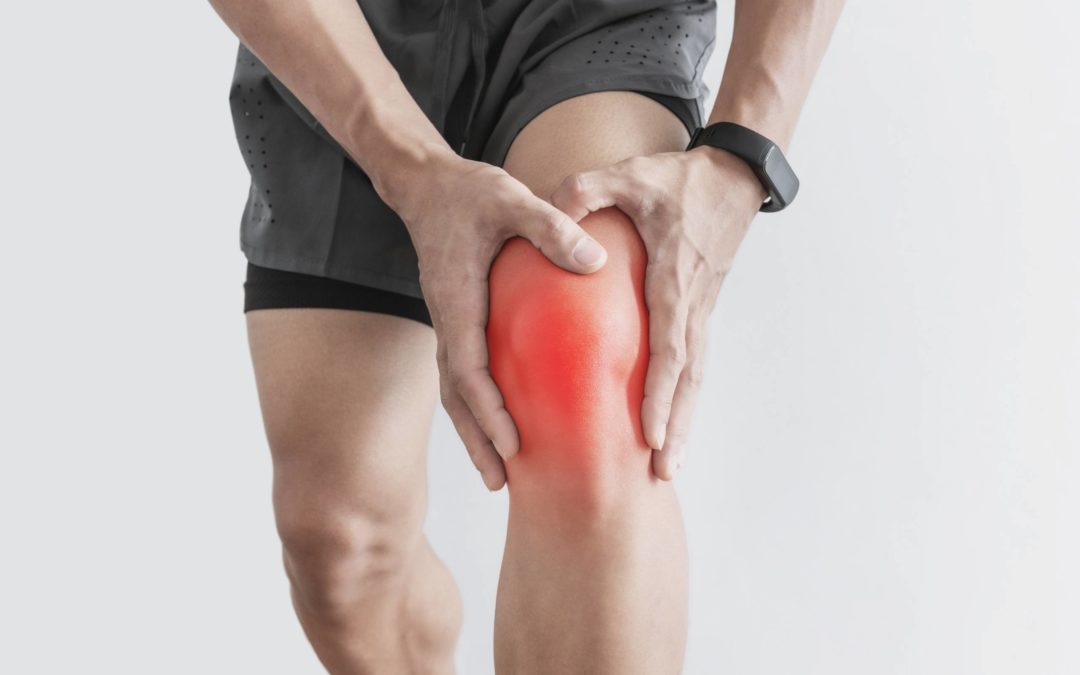An Anterior Cruciate Ligament (ACL) injury is one of the most common knee injuries, especially in pivoting and cutting sports like AFL, soccer, netball and rugby league. Dealing with an ACL injury can be challenging, but understanding your treatment options is the first step towards recovery. Whether you’re an athlete or someone leading an active lifestyle, finding the right approach is crucial for a successful outcome.
There are two main management approaches:
- Non-surgical – Contrary to common beliefs, not all ACL injuries require surgery. Some individuals, especially those with less active lifestyles or who have minimal instability, may opt for non-surgical management. This approach involves intensive physiotherapy along with lifestyle modifications.
- Surgical – For individuals with a high activity level or an unstable knee, surgical intervention may be recommended. Arthroscopic surgery is a minimally invasive technique that involves reconstructing the torn ligament using grafts from either the patient’s own tissues or donor tissues. Post-surgery, physiotherapy remains integral to regain strength, flexibility, and function with return to sport clearance typically given after 12 months of rehabilitation.
The road to ACL recovery is multifaceted therefore an individual and tailored management plan is best. Physiotherapy stands as a cornerstone, providing patients with tailored exercises and guidance throughout the recovery journey. Whether opting for surgical or non-surgical avenues, the collaboration between patients and healthcare professionals is essential for achieving optimal results and returning to an active, fulfilling life.
For further information regarding ACL injury and recovery, book a time to see one of our physiotherapists for a comprehensive assessment and to discuss management plan options.
Author: Zachary Munizza

